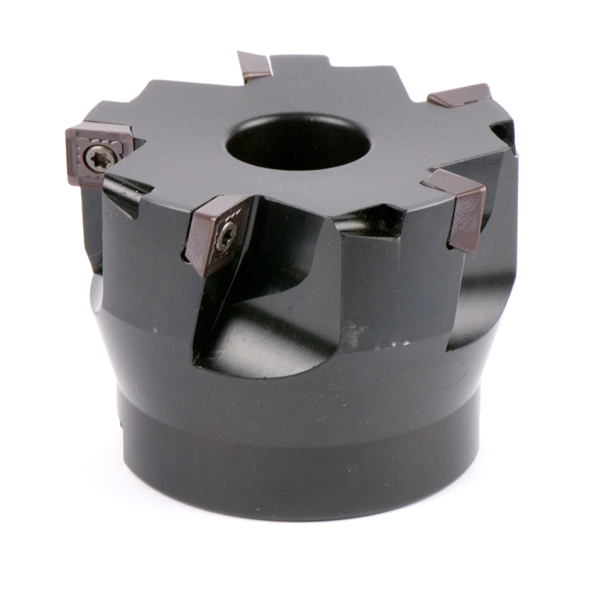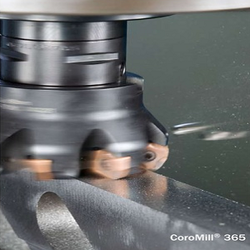Lawn Mower Blade Tip Geometry
Posted by Gerd F. Bauer II on Nov 2nd 2011
A common question is "What part of a lawn mower blade cuts the grass?"
It is a common misconception that rotary lawn mower blades have dimensions of a length, width, and thickness. A rotary lawn mower blade does not have a length but rather a diameter. Lawn mower blades are measured from TIP to TIP. It is this tip or cutting tooth that does the vast majority of the cutting work.
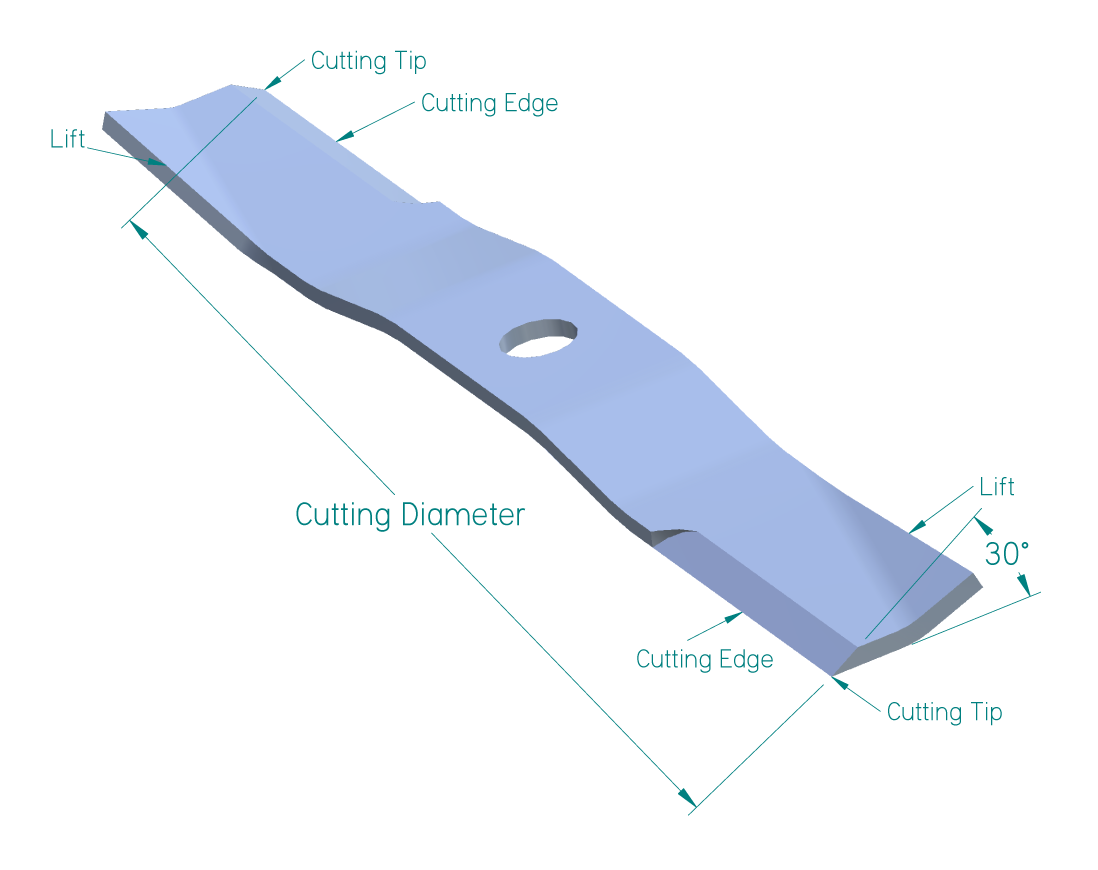
A lawn mower blade just lying on a table may look like the shape of a rectangle but when it is in motion it is a disc. Think of how a circular saw cuts with its many teeth (cutting tips), and of course because wood is much more dense more cutting tips are required. A lawn mower blade however only needs two cutting tips because a lawn is a far less dense material than wood.
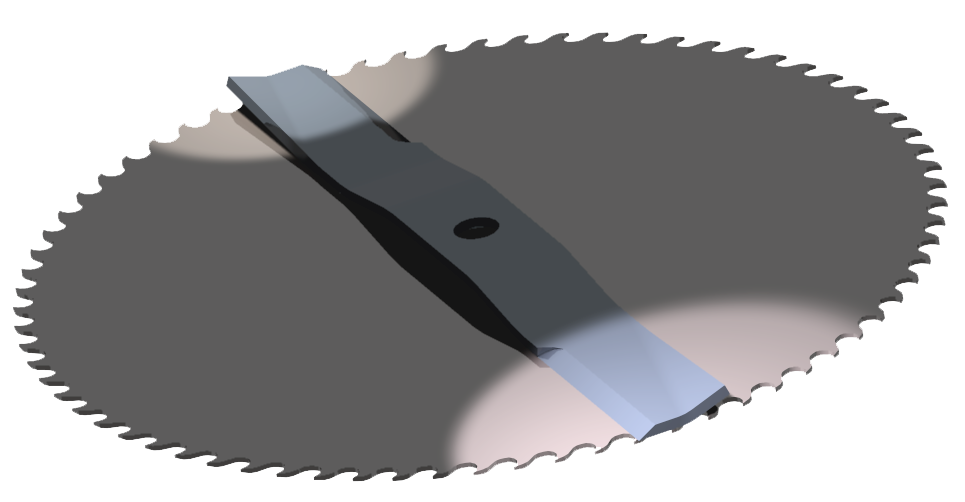
Another example if you have experience with machining is that a lawn mower blade is like a fly cutter or endmill, see examples below.
|
|
With experience you will notice that the majority of wear on a used lawn mower blade is at the tip. The tip will become a radius (rounded). The process of sharpening a lawn mower blade is to grind the cutting edge back until a new tip emerges.
Cutting Edge Reliefs Angles
Relief: to reduce pressure or stress
Relief Angle: angle that allows chip and material clearance
Relief Angle 1: Diameter Relief Angle
|  |
This relief angle is necessary to have the tip or cutting tooth of the blade out at the furthest diameter. The tip is the part of the blade that makes first contact with the grass, and by the image to the right you can see if the blade were truly a rectangle that the corner of the lift would contact the grass tearing it as the mower moves forward. This relief angle is typically 1-2 degrees.
Relief Angle 2: Cutting Edge Relief Angle
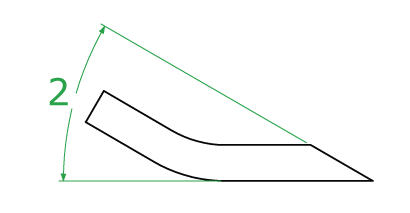
This relief angle is the cutting edge face it is typically 30 degrees as an industry average. It allows clippings to flow over the blade and eventually exit the deck.
Relief Angle 3: Land-side Relief Angle

This relief angle can be built into the blade, or created by the pitch of the deck. This angle allows the underside or "land-side" of the blade to clear the cut grass without causing damage to it.
The three of these reliefs together make up the three sides of the pointed tip or cutting tooth of the blade.


